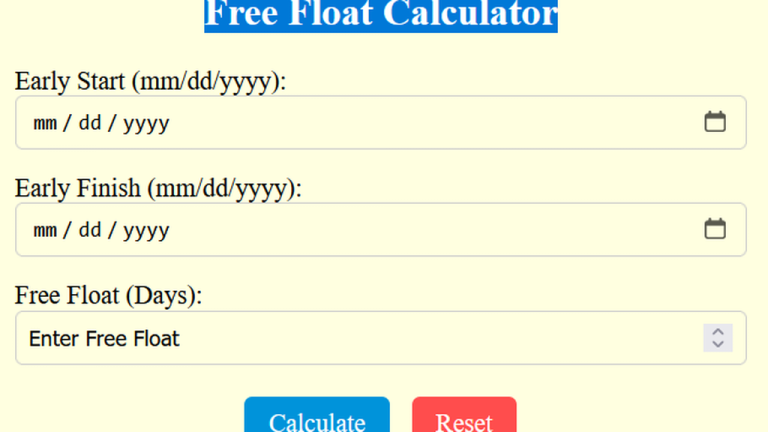Pushups To Bench Calculator
To estimate bench press capability, multiply the total pushups (P) by 0.033, add 1, and multiply by body weight (BW) in kilograms to get the equivalent bench press weight (BP).
The Pushups to Bench Calculator is a specialized tool. It is used to estimate your bench press capability based on the number of pushups you can perform. This tool is perfect for individuals seeking a practical comparison between bodyweight exercises and traditional gym equipment workouts, especially when access to a bench press isn’t available.
It addresses queries like “How many pushups equal a bench press?” or “How much can I bench if I can do 30 pushups?” The calculator provides insight into your strength levels by considering factors such as body weight, pushup form, and the estimated load during pushups. It’s ideal for setting realistic strength goals and evaluating progress over time.
Additionally, this calculator supports fitness enthusiasts in tailoring their workouts by bridging the gap between functional training and weightlifting. It is a valuable resource for understanding the relationship between upper body strength and exercise performance.
Final Words:
In essence, the Pushups to Bench Calculator is an excellent tool for estimating your strength equivalence. It empowers users to plan effective workouts, monitor their progress, and achieve fitness goals with confidence.





